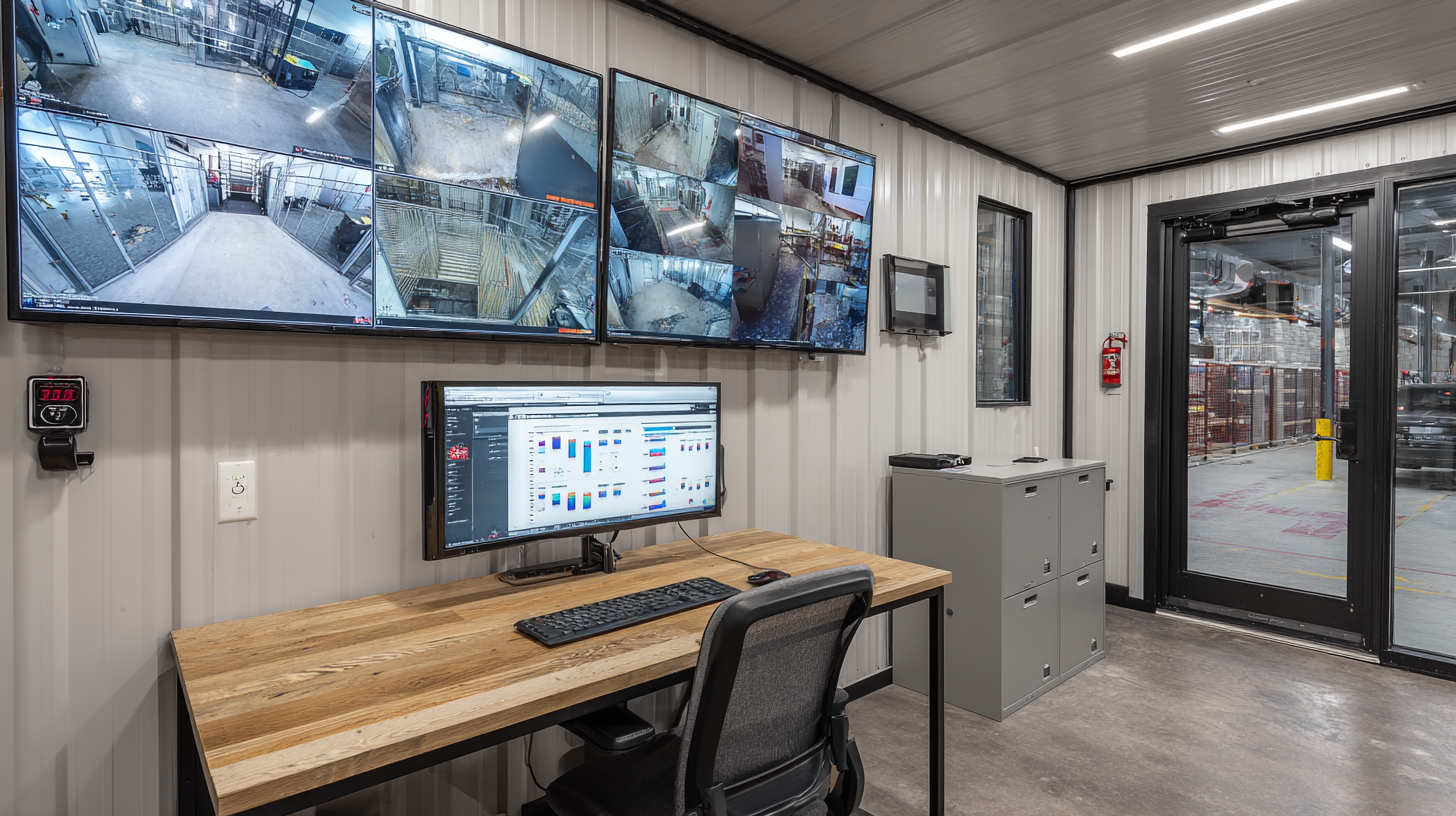.png)
The self-storage industry operates on razor-thin margins where every operational inefficiency cuts directly into profits. With facilities running at 84% occupancy and tenants visiting just once a month on average, the traditional approach to access control—keypads and physical credentials—creates unnecessary friction and expense.
Consider this: Every lost keypad costs $50-100 to replace, not including staff time for programming and distribution. When the average tenant stays 14 months, facilities face constant credential turnover. Meanwhile, 11% of U.S. households now expect seamless, modern access experiences—not fumbling with forgotten codes or lost keypads.
Understanding the true cost of keypad-based systems requires looking beyond initial hardware expenses. Traditional access control installations run $1,700-2,500 per door, with keypads adding $5-50 each. But the real drain comes from ongoing operational costs.
For a 300-unit facility operating at standard occupancy, keypad management becomes a significant line item:
The industry's response has been telling: Over 40% of businesses now use mobile devices for access control, recognizing that physical credentials are fundamentally incompatible with modern operational efficiency.

Unlike traditional smart systems requiring stable internet connectivity, cellular-based access control operates independently of facility infrastructure. This distinction matters significantly for self-storage operations, where:
Cellular systems provide the reliability of traditional mechanical locks with the intelligence of modern access control—a critical balance for facilities where downtime directly impacts revenue.
Modern smart access control transforms raw entry data into actionable operational intelligence. Facilities implementing these systems gain visibility into:
With tenants visiting once monthly on average, understanding access patterns becomes crucial for:
These metrics prove especially valuable given that economic occupancy represents the true measure of facility health, not just physical occupancy rates.
Main entry points represent the highest-impact upgrade opportunity. Smartphone-based gate access eliminates keypad replacement entirely while providing:
Facilities with keypad entry systems typically need 2-4 units at $300-700 each. Modern cellular systems provide superior functionality at comparable initial investment with dramatically lower ongoing costs.
While full smart lock deployment across hundreds of units remains cost-prohibitive for most operators, strategic implementation of smart keyboxes or padlocks at key locations offers practical alternatives:
High-Value Applications:
This hybrid approach allows facilities to modernize access control incrementally while maintaining budget discipline—crucial given the industry's 36% profit margins.

Based on industry averages:
One-time infrastructure costs paired with predictable monthly service fees eliminate the variable expenses of keypad replacement. Most facilities report payback periods of 12-18 months, with immediate operational benefits including:
Modern access control addresses the security vulnerabilities inherent in physical credential systems:
Climate-controlled units with advanced security features command premium rates, making security enhancement a revenue opportunity rather than just a cost center.

Effective access control must accommodate various user types and situations:
The flexibility to handle these scenarios without compromising security or creating administrative burden distinguishes modern systems from traditional approaches.

With new construction totaling $7.4 billion in 2023, differentiation becomes crucial for both new and existing facilities. Properties offering modern access control report:
Most facilities achieve full implementation within 90 days, with immediate operational improvements visible from day one.
Self-storage facilities face a clear choice: continue managing the perpetual costs and security vulnerabilities of keypad-based systems, or embrace smart access control that eliminates these burdens while providing unprecedented operational intelligence.
With vacancy rates at 9.9% and competition intensifying, facilities need every operational advantage. Smart access control delivers measurable benefits:
The technology exists today. The ROI is proven. The question isn't whether to upgrade, but how quickly facilities can implement these systems to capture their benefits.
For facility operators evaluating smart access control options, smart access control solutions like Gatewise for gate and unit access and igloohome for strategic smart lock deployment represent the type of cellular-based, internet-independent systems transforming the industry. The key is selecting solutions that align with your facility's specific operational needs and growth objectives.